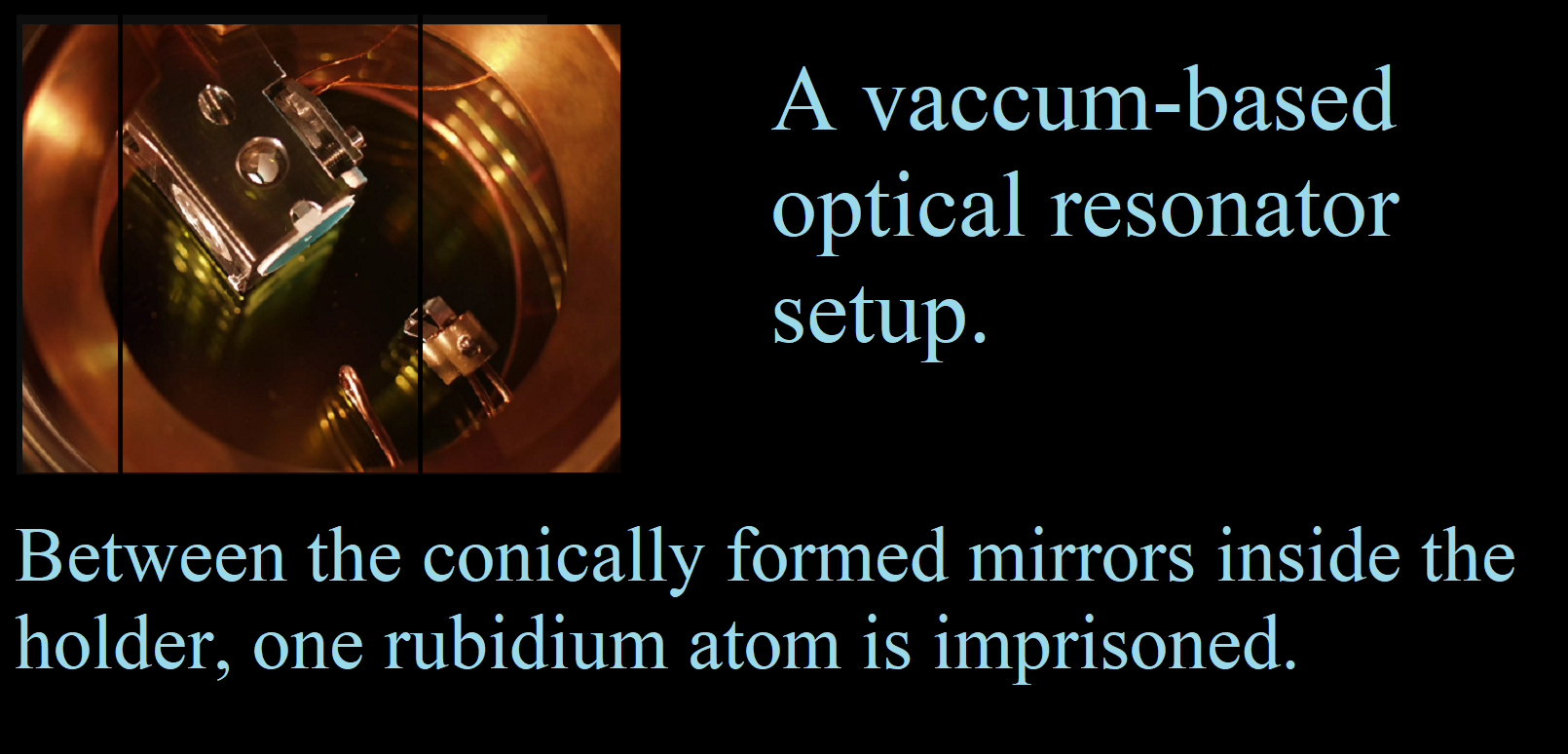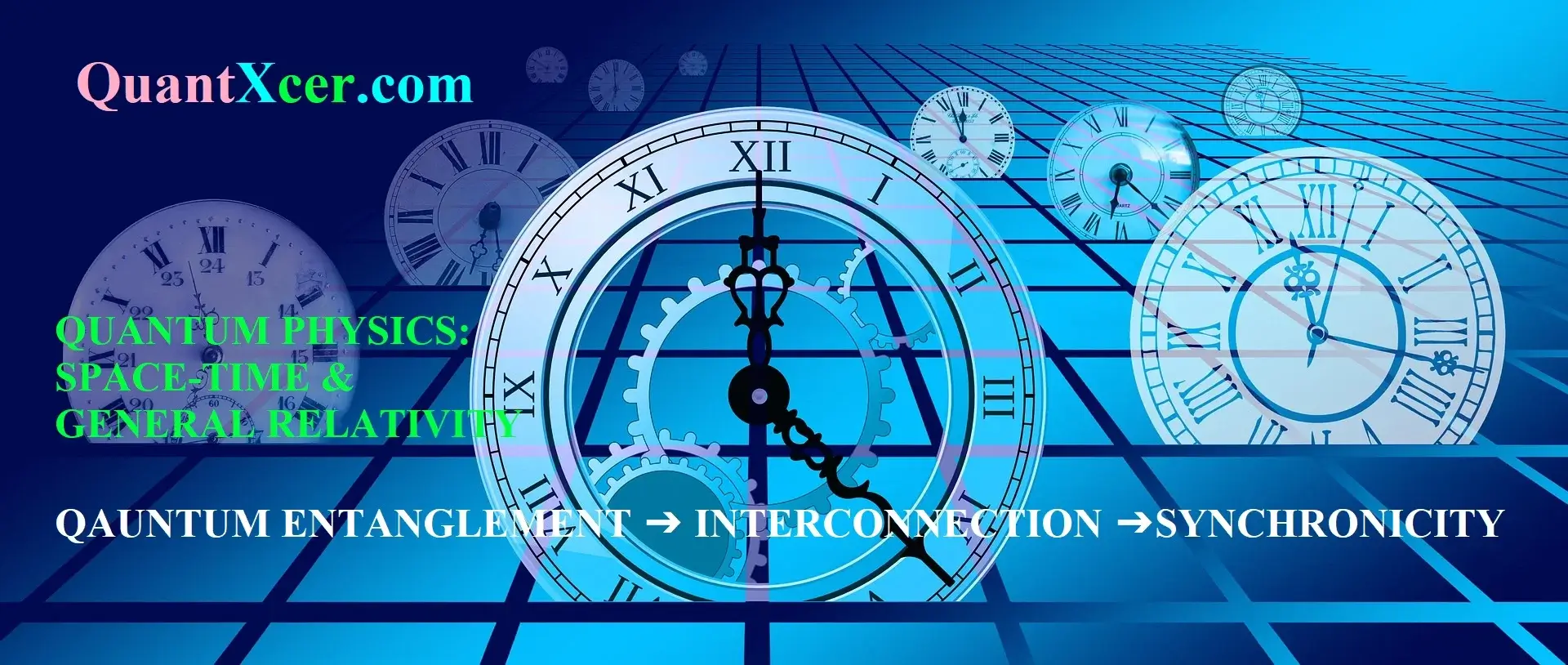ENTANGLED PHOTONS FOR QUANTUM COMPUTERS AND SECURE TRANSMISSION
Physicists in the field of Quantum Optics have successfully and precisely entangled more than a dozen photons. As a result, they are laying the groundwork for a novel class of quantum computer.
A higher quantity of specifically prepared, or, to use the technical word, entangled, basic building blocks are required to perform computing operations on a quantum computer. Now, physicists at the Max Planck Institute of Quantum Optics have successfully accomplished this feat using photons released by a single atom for the first time. The researchers created up to 14 entangled photons in an optical resonator using a unique technique, which can be produced into particular quantum physical states with great precision and efficiency. The novel approach might aid in the future safe data transfer of quantum computers, which are strong and powerful.
The quantum realm's occurrences, which frequently appear strange to people in the ordinary world, have long since found their way into technology. Consider the quantum-physical phenomenon known as entanglement, which connects particles over arbitrary vast distances in an odd way. It can be utilised, for instance, in a quantum computer, a type of computing device that, in contrast to a traditional computer, is capable of carrying out multiple mathematical operations concurrently. However, a huge number of entangled particles must cooperate in order to use a quantum computer profitably. Qubits are the fundamental building blocks of computation.

According to quantum optics researchers, photons which are the particles of light, are particularly well suited for this because they are resilient by nature and easy to manipulate." It has now been successful in achieving a significant advancement toward making photons useful for technology applications like quantum computing. They work with in collaboration with the researchers in the field of Quantum Dynamics: The group successfully and precisely produced up to 14 entangled photons for the first time.
A single atom acting as the photons emitter
The key to this experiment was the utilisation of a single atom to generate the photons and intertwine them in a precise manner. To do this, the Max Planck scientists positioned a rubidium atom in the middle of an optical cavity, which served as an electromagnetic wave's equivalent of an echo chamber. It was possible to accurately address the atom's state using laser light at a certain frequency. The scientists also targeted the emission of a photon that is entangled with the quantum state of the atom using an extra control pulse.
According to the researchers, this operation was repeated multiple times and in a predetermined way. Between those two points, the atom was spun, to use technical speak. The atomic rotations allowed for the creation of a chain of up to 14 light particles, which were then entangled and brought into the desired condition. Researchers in the field of quantum optics emphasise that the 14 coupled light particles are, to the best of his knowledge, the most entangled photons that have ever been created in a laboratory.
Process of creating a pre-laid-out set of entangled photons
However, the generation of these entangled photons is also a significant advancement towards the creation of strong quantum computers and differs greatly from current techniques. Researchers in quantum optics explain that the chain of photons might have been created in a deterministic manner because it came from a single atom. It follows that each control pulse actually delivers a photon with the appropriate qualities in theory. Until now, unique, non-linear crystals were often where photon entanglement took place. The drawback is that the creation of the light particles there is largely random and uncontrollable. The number of particles that can be bundled together into a collective state is also constrained by this.

This advancement enables the production of virtually any quantity of entangled photons. The approach is also quite effective, which is a crucial factor for potential future technical applications:
According to the research efforts, it is able to demonstrate an efficiency of approximately 50% by measuring the photon chain created. This means that nearly every second of "button pushing" on the rubidium atom produced an useable light particle, which is much more than was accomplished in earlier studies. According to department Director Gerhard Rempe, "Overall, our study removes a long-standing barrier on the way to scalable, measurement-based quantum computing."
More room for complex computing operations and quantum transmission
The researchers want to get rid of one more obstacle. For instance, at least two atoms would be required as photon sources in the resonator for complex computer operations. The cluster state in two dimensions is referred to by quantum physicists. the research efforts are being put on for completion.
Researchers also emphasise that there are many more potential technical uses for quantum technology than just quantum computing: Another application example is quantum communication which is the secure transport of data, like light in an optical fibre. The distance over which data can be carried is limited because there, the light undergoes unavoidable losses during its passage due to optical processes like scattering and absorption.
Quantum information might be wrapped in entangled photons using this approach, which would also allow it to survive a certain amount of light loss and allow for secure communication over wider distances.
